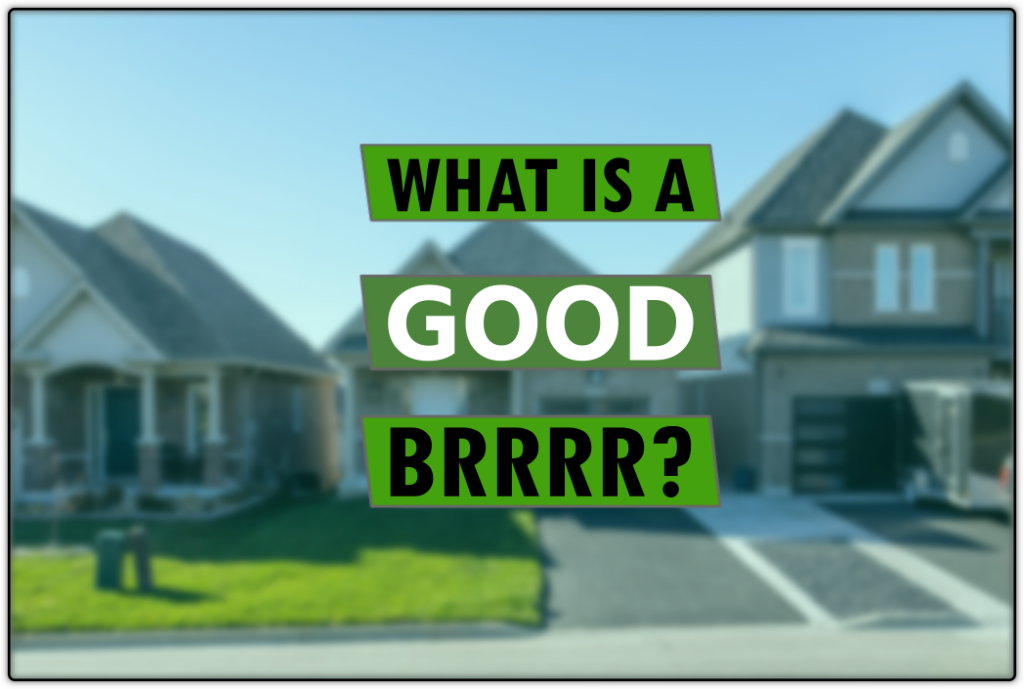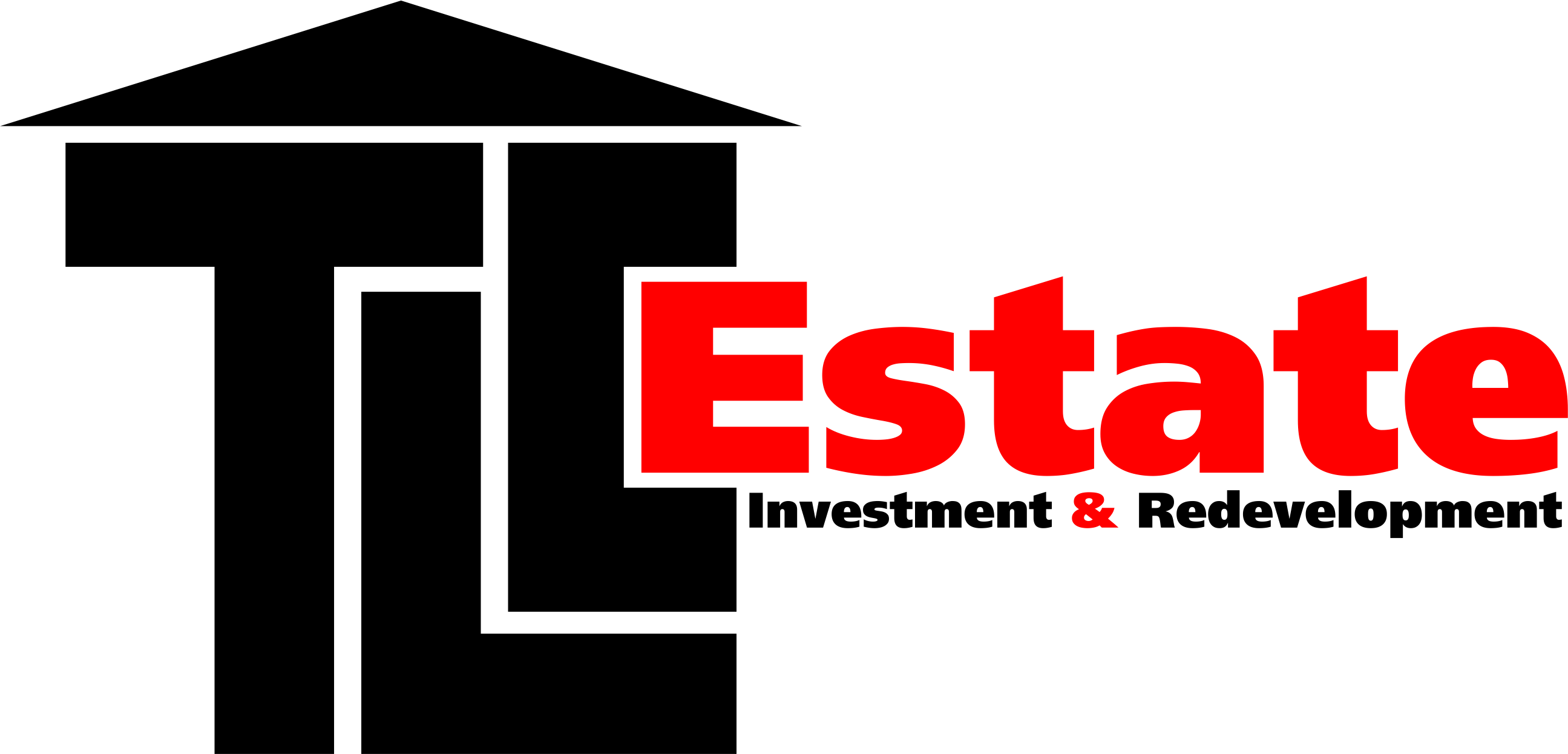
“Buy, Rehab, Rent, Refinance, Repeat” — method that is popular among real estate investors. This strategy is essentially a cycle of buying a property, rehabilitating it, renting it out, refinancing the property to pull out cash, and then repeating the process with another property.
The BRRRR method can be an effective way for real estate investors to build their portfolios, as it allows them to use the rental income and appreciation of the property to generate additional capital that can be reinvested into additional properties.
The BRRRR method is different from traditional real estate investing in several ways:
- Speed: The BRRRR method is designed to be a fast-paced investment strategy, with the goal of quickly buying, rehabilitating, renting, and refinancing properties to generate capital for repeat investments. Traditional real estate investing may involve a longer timeline, with a slower pace of buying and holding properties for longer periods.
- Financing: The BRRRR method relies heavily on refinancing to generate capital for repeat investments, whereas traditional real estate investing may involve using savings or other forms of financing to purchase properties.
- Focus on cash flow: The BRRRR method is focused on generating positive cash flow from rental income, which is used to finance future investments. Traditional real estate investing may focus more on long-term appreciation and building wealth through property ownership.
- Risk tolerance: The BRRRR method can be a riskier investment strategy due to the need to move quickly and make decisions with limited information. Traditional real estate investing may involve a more thorough due diligence process and a lower tolerance for risk.
The BRRRR method can be a viable strategy for real estate investors, but it is not without its challenges. Whether or not it still works depends on several factors, including the current real estate market, interest rates, and the investor’s ability to effectively find, evaluate, and manage properties.
There are certain situations where this same method may not work. Here are a few examples:
- Market conditions: If the real estate market is in a downturn, it may be difficult to find good investment properties or to sell them for a profit after rehabbing.
- Financing limitations: If the investor is unable to secure financing to buy or refinance the property, the BRRRR method may not be possible.
- Property characteristics: If the property is not in a good location, has major structural or environmental issues, or requires more rehabilitation work than originally anticipated, the BRRRR method may not be feasible.
- Competition: If there are many other investors using the BRRRR method in the area, the competition for properties may drive up prices and make it more difficult to find good deals.
- Cost overruns: If the rehabilitation costs exceed the budget, the investor may not have enough funds to complete the project, and may be forced to either stop the project or sell the property for a lower profit than expected.
- Unforeseen expenses: Unexpected expenses such as permits, inspections, and environmental tests can also add to the cost of rehabbing a property, and may make it more difficult to achieve a positive cash flow.
These are some of the situations where the BRRRR method may not work, but it’s important to note that every investment is unique and the success of the BRRRR method will depend on the specific circumstances of each project.
